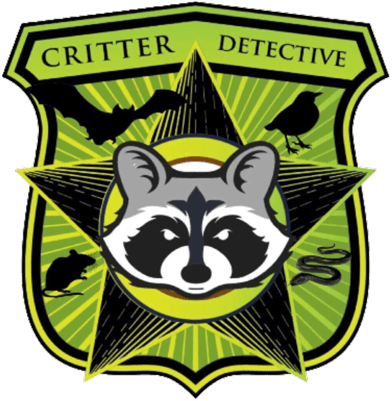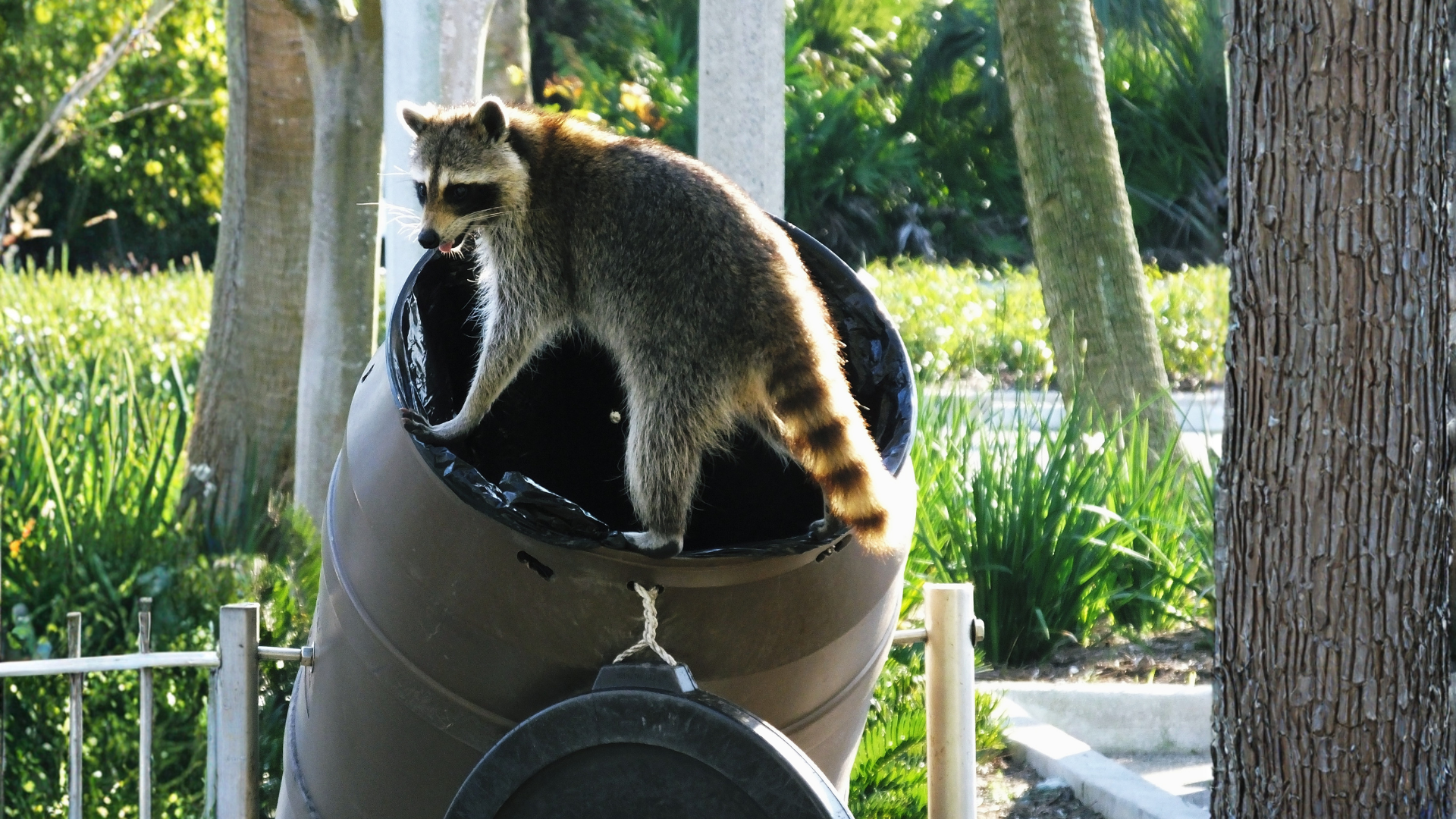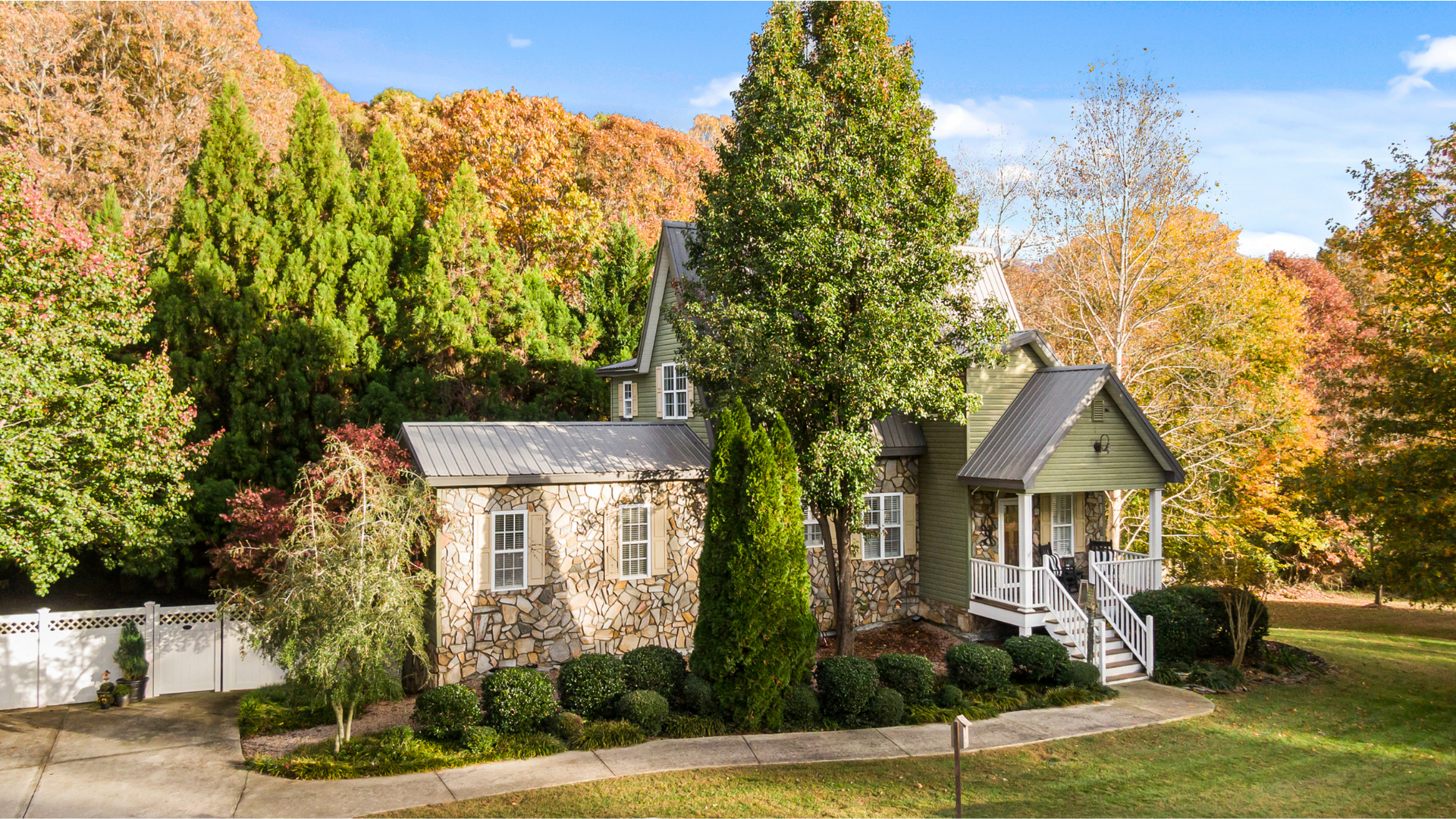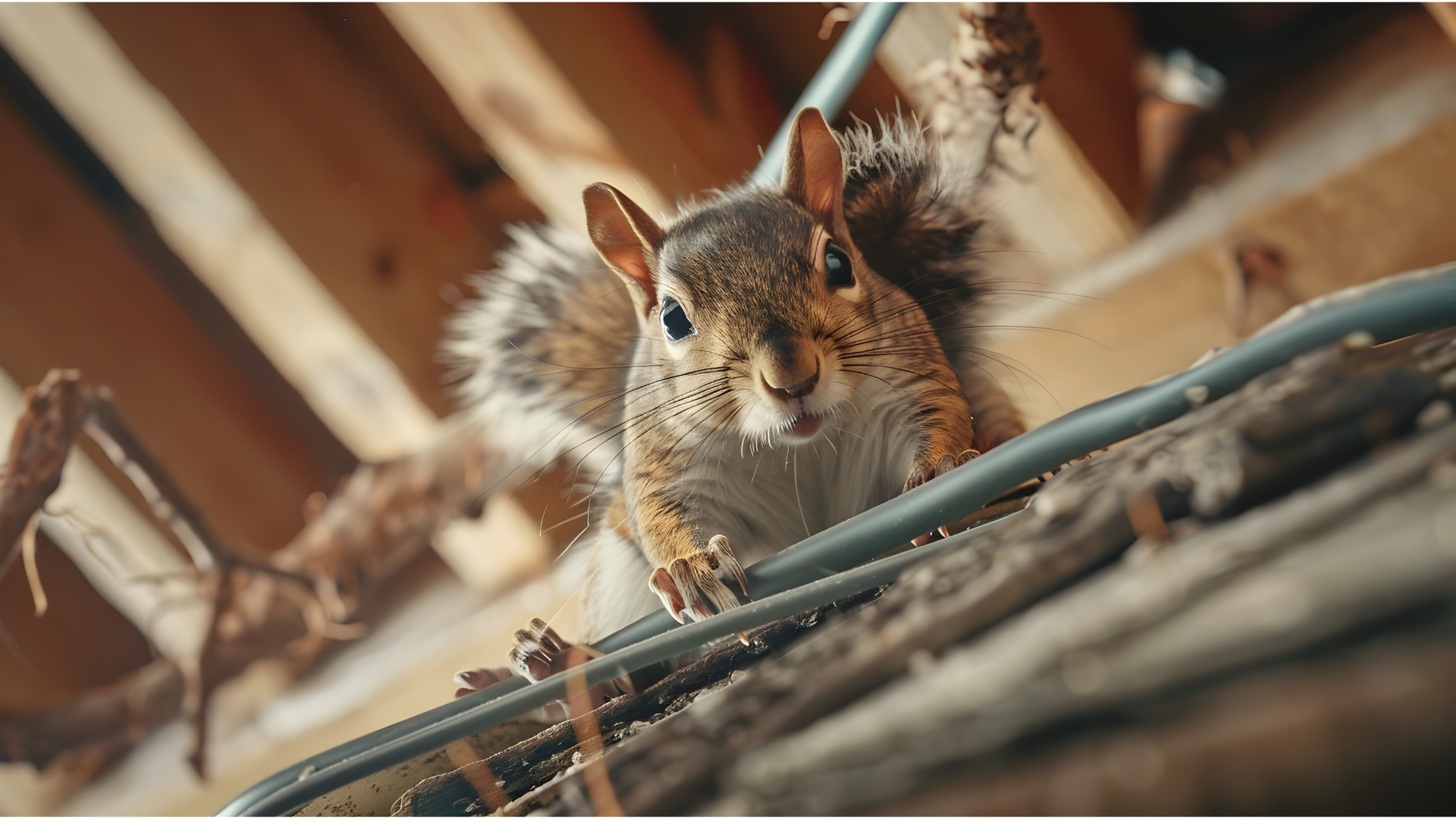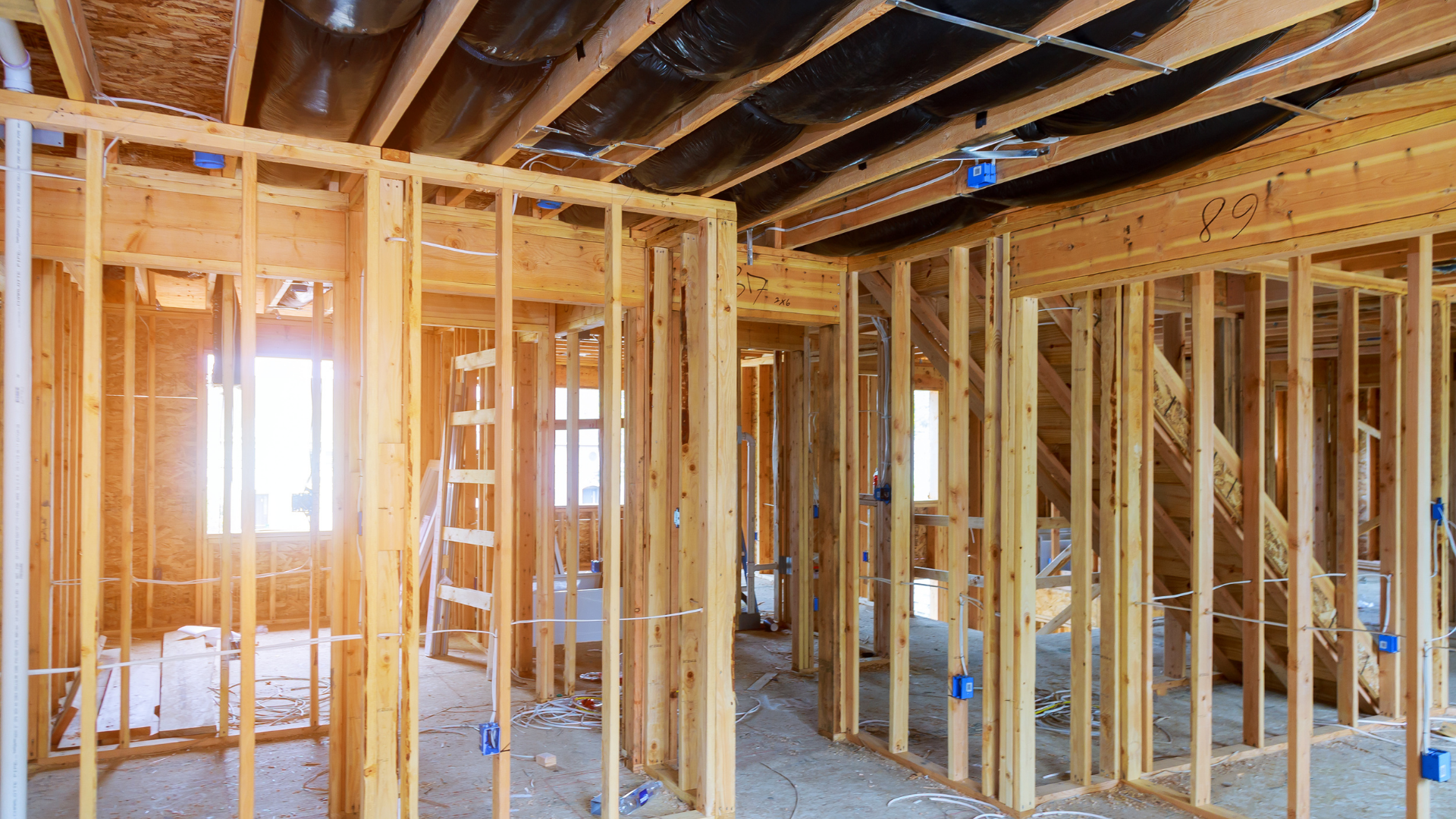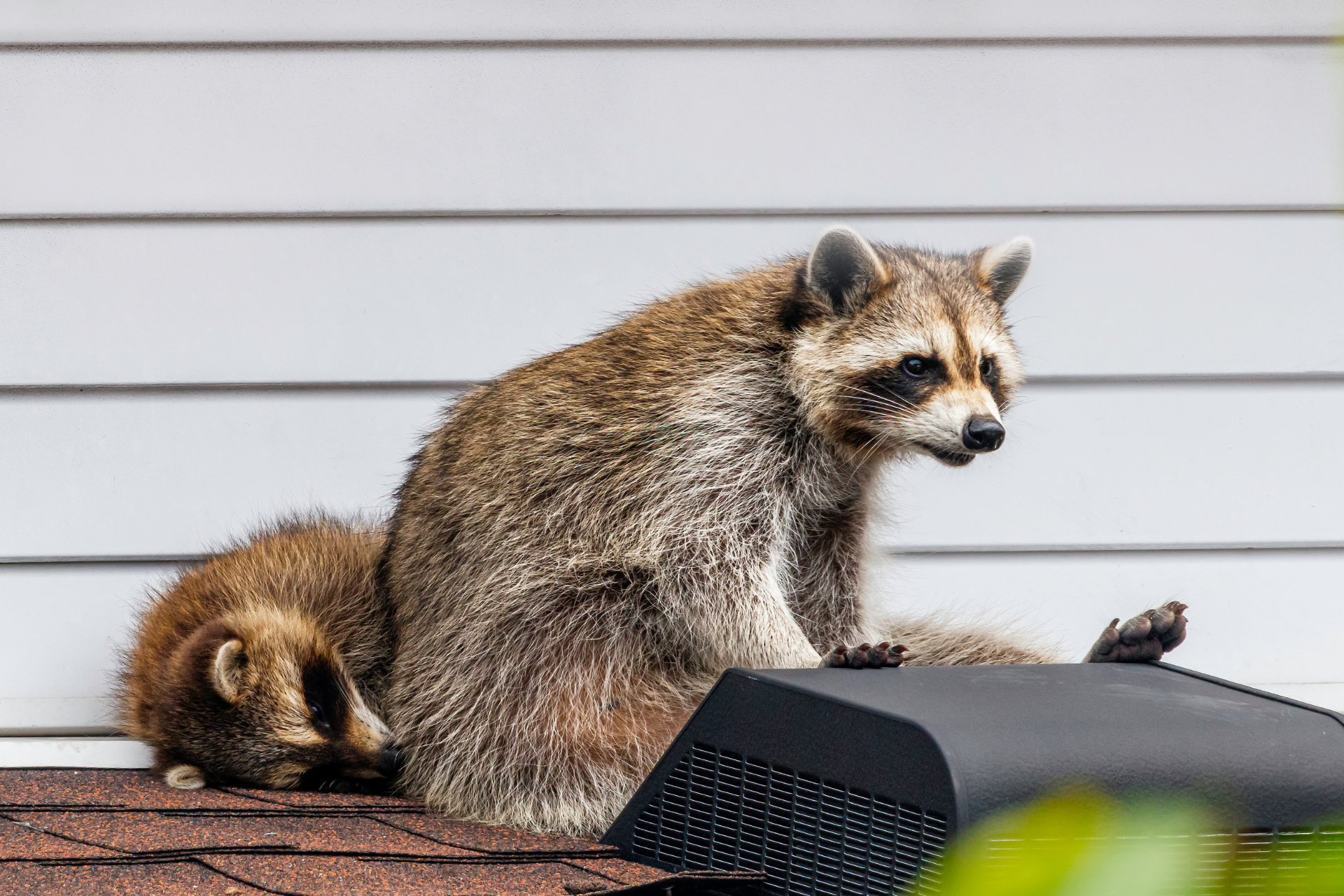Wildlife Removal As A Real Estate Service
Why Sellers Should Address Animal Activity Before Listing
When a property goes on the market, the focus usually falls on fresh paint, upgraded fixtures, and curb appeal. What often goes overlooked is whether wildlife has left its mark on the structure. Rodents in the attic, squirrels in the walls, or raccoons under the deck can create far more problems for a seller than peeling wallpaper or an outdated kitchen. Buyers today are observant, and inspectors are thorough. If signs of animals are discovered during an inspection, it can send negotiations spiraling in the wrong direction.
What makes this situation especially complicated is the unpredictability of how buyers react. Some are willing to proceed if the issue is handled quickly, while others walk away at the first mention of an infestation. Even when a buyer stays in the process, the value of the offer may dip significantly because of the perceived risk. Instead of a competitive price, the seller may face a lower number than expected or watch the deal drag on for weeks while remediation and repairs are arranged.
The damage caused by wildlife isn’t limited to what’s visible on the surface. Gnawed wiring, soiled insulation, and contaminated ductwork can all become expensive projects. If a seller doesn’t deal with these problems before listing, they risk the unpleasant surprise of last-minute delays, emergency expenses, or even a failed closing. That’s why addressing animal activity early is far less stressful than trying to fix things under the pressure of a pending contract.
How Infestations Complicate Real Estate Transactions
Real estate deals hinge on timing and trust. Buyers want to believe they’re investing in a property that has been maintained, not one hiding problems. Once evidence of wildlife emerges, the dynamic shifts. The home inspection report, which buyers lean on heavily, can suddenly include language about infestations, contamination, or structural concerns. Those notes carry weight, and lenders often scrutinize them too. In some cases, a lender may require proof of resolution before approving financing, adding another layer of complexity.
Delays are costly for everyone involved. Sellers who are trying to move into their next home may find themselves stuck in limbo, juggling storage fees, temporary housing, or rescheduled moving services. Buyers may become frustrated and lose confidence in the deal, deciding it’s easier to walk away and pursue a different property. The ripple effect can be immense, particularly if the seller has already entered into another purchase agreement contingent on the sale of their current home.
Beyond timing, infestations chip away at perceived value. Buyers naturally question what other problems might be lurking if animals were able to gain access. Even after remediation, the stigma can linger in negotiations, often leading to requests for significant concessions. Instead of controlling the terms of the sale, sellers end up on the defensive, trying to justify why the home is still worth its original asking price.
There’s also the emotional side of the transaction to consider. A buyer walking through a property who hears scratching in the attic or sees droppings in the basement doesn’t simply log it as a maintenance issue—they imagine sleepless nights, lingering odors, or the expense of tearing into walls. That emotional reaction can outweigh the logical reality of a fixable problem. Once doubt takes hold, it becomes harder to restore the sense of trust and enthusiasm that fuels a smooth closing.
The Benefits Of Addressing Wildlife Issues Proactively
Handling animal activity before a property hits the market changes the narrative entirely. When a home is presented as clean, secure, and free of infestations, buyers are more likely to focus on its features rather than its flaws. Inspections proceed smoothly, negotiations are more straightforward, and the path to closing is clearer. Sellers not only protect their asking price but also demonstrate that they’ve taken their responsibilities seriously.
From a practical standpoint, resolving wildlife problems ahead of time can also be more cost-effective. Tackling repairs in advance allows the seller to shop for contractors, compare pricing, and complete the work on a reasonable schedule. Waiting until the issue is uncovered during escrow often forces rushed decisions and higher costs.
It’s not just about financial considerations either. Selling a property already comes with enough stress. Eliminating the unpredictability of animal-related complications reduces that stress, making the entire process smoother. Sellers can market their home with confidence, knowing they’ve taken an important step to prevent setbacks that could erode value or threaten the deal.
Proactive action also signals diligence. Buyers often weigh not only the condition of the home but also the impression of how it’s been cared for. A seller who can present recent documentation that a wildlife issue was addressed professionally demonstrates transparency, which strengthens buyer confidence. That sense of trust can translate into stronger offers and fewer drawn-out negotiations over contingencies.
Setting The Stage For A Stronger Sale
The real estate market is competitive, and properties that stand out for the right reasons draw stronger interest. While cosmetic improvements matter, unseen details like pest control carry equal weight in the decision-making process. A seller who invests in resolving wildlife problems before listing sets their property apart as one that’s been responsibly cared for. Buyers pick up on those details, even if it’s subconscious, and it influences their comfort level when making an offer.
Think of it as setting the stage. Just as fresh landscaping highlights the yard and natural light accentuates the living room, addressing animal activity creates an invisible but powerful sense of assurance. The result is a smoother transaction, fewer unpleasant surprises, and a better chance of achieving the desired sale price without last-minute drama.
In some markets, where competition for buyers is high, these seemingly invisible steps can make a measurable difference. Homes that check the boxes for both appearance and condition tend to spend less time on the market. By resolving wildlife issues beforehand, sellers give themselves an advantage in that crucial first impression, when buyers are often forming their strongest opinions.
Undisclosed infestations can derail closings, drag out negotiations, and cut deeply into profits. Sellers who deal with these issues before listing not only protect their investment but also streamline the sales process from start to finish. Instead of worrying about inspections or last-minute repairs, they can move forward with confidence, knowing they’ve eliminated a major obstacle.
At Critter Detective, we specialize in identifying, removing, and preventing wildlife problems that could complicate the sale of a property. If you’re preparing to put your home on the market, now is the time to take action.
Contact us today to schedule an inspection and ensure your property is ready for a successful listing.
